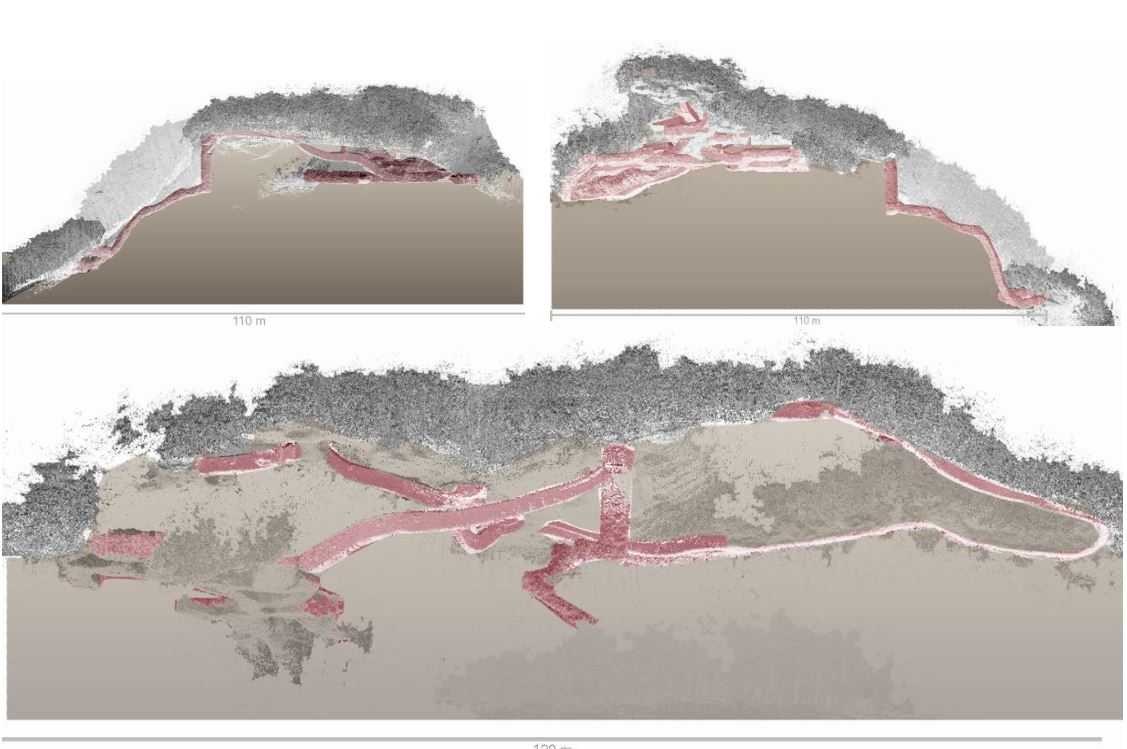3D mapping of underground environments with a hand-held laser scanner
Keywords:
Hand-held mobile mapping system, LiDAR, underground environment, 3D surveying, representation, visualizationAbstract
The development of several instruments and techniques for reality-based 3D survey provides for new effective and affordable
solutions for mapping underground environments. Terrestrial laser scanning (TLS) techniques demonstrated to be suitable for
recording complex surfaces in high resolution even in low ambient lightning conditions. TLS approaches allow to obtain millions of
3D points and very detailed representations of complex environments, but these normally required a very high number of stations.
This paper presents the investigation and deployment of a hand-held laser scanning system, the GeoSlam Zeb1, for the fast 3D
digitization of underground tunnels. This active hand-held device was employed in two different typologies of underground
structures: the Grotta di Seiano (Fig.1 a-b), a 800 m long monumental passage used as entrance of a roman villa in Posillipo
(Naples), and some military fortifications (Fig.1 c-d) built during the First World War (WWI) on the hills around Trento. In the first
case study, owing to the length of the gallery and the lack of well-defined geometric features on its wall, errors in the alignment were
expected. Consequently, the final alignment of the numerous acquired scans was verified. In the second part, the research is focused
on suitable procedures for the final three-dimensional representation and visualization of complex underground passages, i.e. the
military tunnels. Using an automatic classification procedure on the point-clouds, vegetation was removed and, through a manual
segmentation approach, the rooms were classified according to their specific functions. In the paper, the results are critical presented
and discussed.
Downloads

Downloads
Published
How to Cite
Issue
Section
License

This work is licensed under a Creative Commons Attribution-ShareAlike 4.0 International License.



